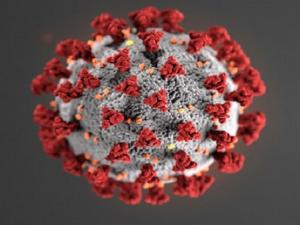
By Q Radio News
The number of people who've died in Northern Ireland after contracting Covid19 has now reached 2,000.
Another 4 deaths have been recorded by the Department of Health.
A further 234 new coronavirus cases have also been confirmed since yesterday.
The Health Minister Robin Swann said today represents another "sad milestone" for Northern Ireland, warning that the threat of covid-19 must never be underestimated.
“We must not forget that behind every death will be a family left in grief.
“I want to extend my sincere condolences to every family mourning the loss of a loved one.”
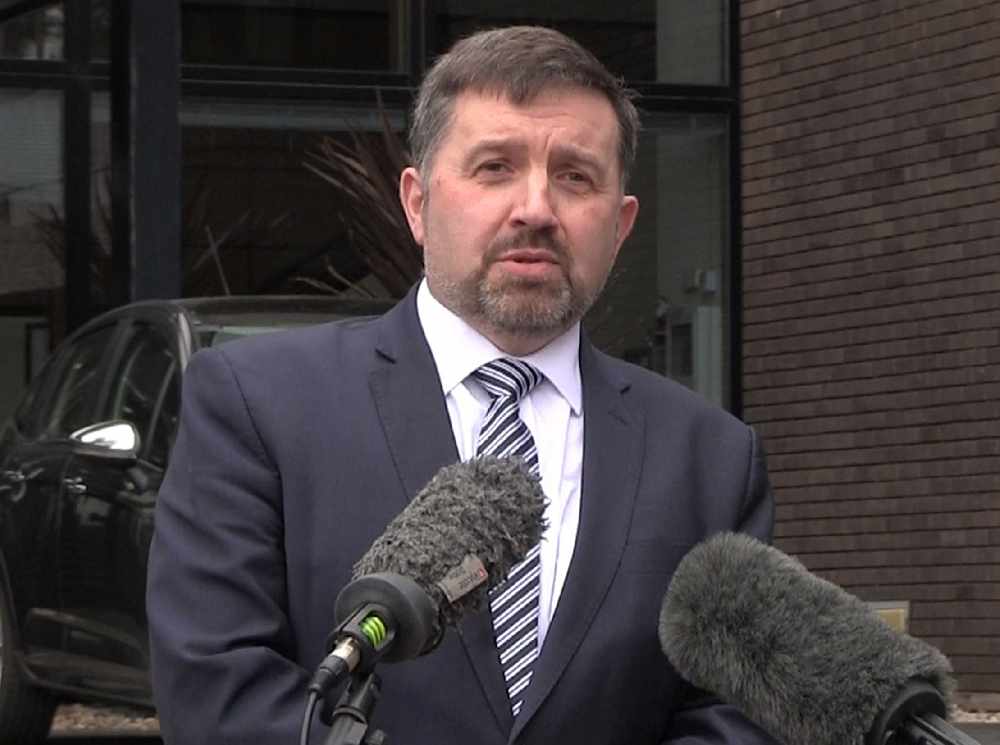
Health Minister Robin Swann
The Minister said: “Sadly, we know this virus has the potential to take more lives so it remains as important as ever to be vigilant and follow all the public health advice.
“Today serves as another harsh reminder that we cannot be complacent.
“While we are seeing good progress in the roll-out of our vaccination programme we must remain cautious and cannot be tempted to get ahead of ourselves. As I have said before, this is a complex and long-term undertaking and it will be some time before the vaccination programme is rolled out to the majority of the population."
Concluding, Minister Swann said: “I’m very aware of the sacrifices that the people of Northern Ireland have made over the course of the last year and the collective effort to make the current lockdown effective.
"We are now beginning to see the outworking of those sacrifices in a lowering of infection rates but again I must urge caution. We need to sustain this reduction in transmission to preserve life and support our health service.”
It comes as new figures show case rates have fallen across nearly 95% of local authorities in the UK.
Of the 380 local authorities areas across the UK, only 23 (6%) have seen a week-on-week increase in case rates compared with 354 (93%) where the rates have fallen.
The highest case rate in the UK was in Corby, Northamptonshire, with 277 new cases recorded in the seven days to February 10 – the equivalent of 383.6 cases per 100,000 people.
This was down from 468.0 cases per 100,000 people in the seven days to February 3.
The figures, for the seven days to February 10, are based on tests carried out in laboratories (pillar one of the Government’s testing programme) and in the wider community (pillar two).
The rate is expressed as the number of new cases per 100,000 people.
Data for the most recent four days (February 11-14) has been excluded as it is incomplete and does not reflect the true number of cases.
All the figures have been calculated by the PA news agency based on Public Health England data published on February 14 on the Government’s coronavirus dashboard.
– Northern Ireland
All of the 11 local areas in Northern Ireland have seen a drop in case rates.
The highest rate was in Mid Ulster, which was down from 301.6 in the week to February 3 to 234.3 in the seven days to February 10, with 348 new cases.
The biggest drops was in Armagh City, Banbridge and Craigavon, where the rate fell from 283.1 to 207.2, with 448 new cases.
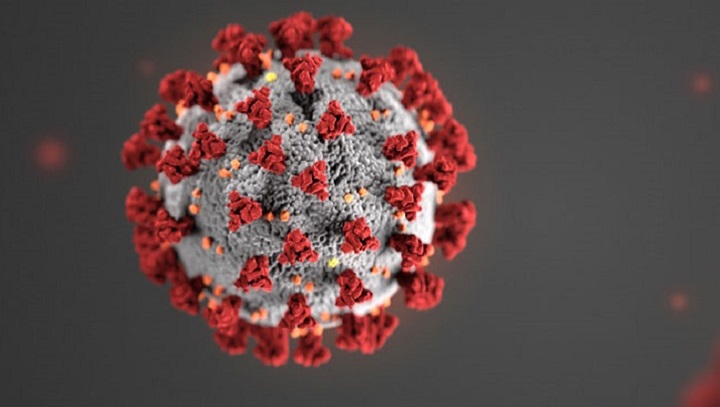
– England
Of the 315 local areas in England, 12 (4%) have seen a rise in case rates, 301 (95%) have seen a fall, and two are unchanged.
The highest week-on-week increase in England was in Copeland, Cumbria, where the rate has risen from 177.5 to 237.6, with 162 new cases.
Calderdale in West Yorkshire had the second highest rise, up from 164.1 to 207.1, with 438 new cases.
Newark and Sherwood in Nottinghamshire had the third highest, up from 213.2 to 248.3, with 304 new cases.
– Scotland
Of the 32 local areas in Scotland, eight (25%) have seen a week-on-week rise in case rates, while 24 (75%) have seen a fall.
East Ayrshire had the highest rate in the country, up from 154.9 to 252.4, with 308 new cases.
This was followed by Clackmannanshire, which was up from 163.0 to 221.2, with 114 new cases.
Stirling had the third highest rise, up from 130.6 to 159.2, with 150 new cases.
– Wales
Of the 22 local areas in Wales, three (14%) have seen a rise in case rates, 18 (82%) a fall, and one has remained the same.
Wrexham had the highest rate in Wales, down from 229.5 to 161.1, with 219 new cases.
The three areas recording a week-on-week rise were:
– Powys (up from 84.6 to 120.1, with 159 new cases)
– Conwy (up from 110.9 to 113.5, with 133 new cases)
– Cardiff (up from 100.0 to 100.6, with 369 new cases)
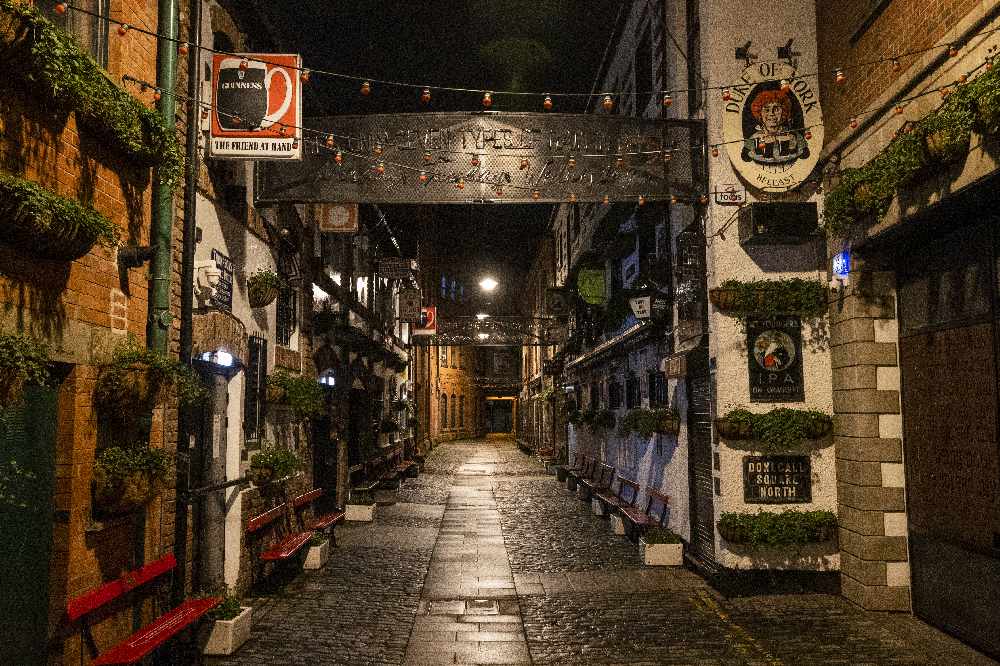
Here is the list of the 23 areas where rates have increased week on week.
From left to right, it reads: name of local authority; rate of new cases in the seven days to February 10; number (in brackets) of new cases recorded in the seven days to February 10; rate of new cases in the seven days to February 3; number (in brackets) of new cases recorded in the seven days to February 3.
Fenland, 282.8, (288), 261.2, (266)
Bolton, 276.1, (794), 274.7, (790)
East Ayrshire, 252.4, (308), 154.9, (189)
Newark and Sherwood, 248.3, (304), 213.2, (261)
Copeland, 237.6, (162), 177.5, (121)
Bradford, 221.6, (1196), 218.4, (1179)
Clackmannanshire, 221.2, (114), 163.0, (84)
North Warwickshire, 213.0, (139), 211.4, (138)
Calderdale, 207.1, (438), 164.1, (347)
Kingston upon Hull, City of, 172.5, (448), 150.1, (390)
Stirling, 159.2, (150), 130.6, (123)
Powys, 120.1, (159), 84.6, (112)
Conwy, 113.5, (133), 110.9, (130)
Mole Valley, 112.3, (98), 111.2, (97)
Cardiff, 100.6, (369), 100.0, (367)
Dumfries and Galloway, 100.1, (149), 96.1, (143)
Midlothian, 99.5, (92), 91.9, (85)
Highland, 62.3, (147), 57.2, (135)
Exeter, 51.0, (67), 36.5, (48)
Orkney Islands, 26.9, (6), 4.5, (1)
North Devon, 26.8, (26), 25.7, (25)
Torridge, 17.6, (12), 14.6, (10)
Shetland Islands, 8.7, (2), 0.0, (0)


 UK and Irish ministers to meet amid row over migration
UK and Irish ministers to meet amid row over migration
 Three men set to go on trial for murder of journalist Lyra McKee
Three men set to go on trial for murder of journalist Lyra McKee
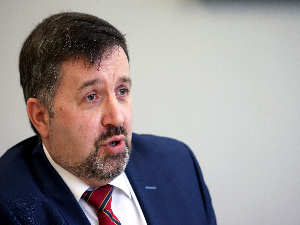 Swann refuses to rule out resigning if budget is not changed
Swann refuses to rule out resigning if budget is not changed
 Fresh inquests ordered into deaths of 15 killed in McGurk’s bomb blast
Fresh inquests ordered into deaths of 15 killed in McGurk’s bomb blast